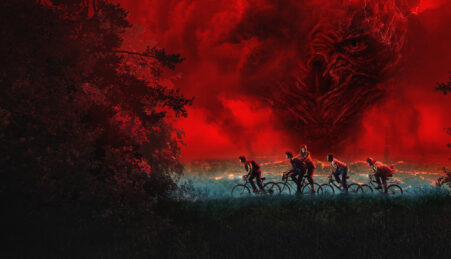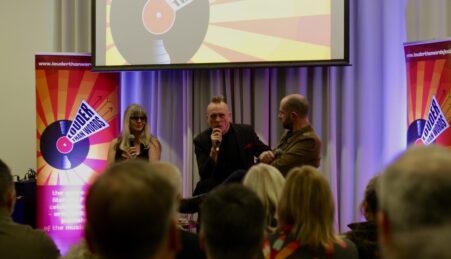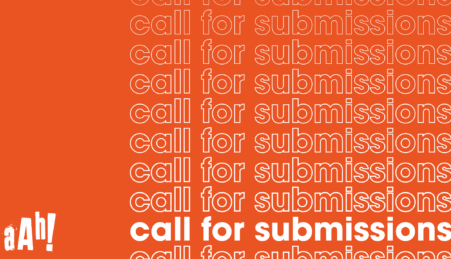By Joshua Lee
As much as war is vulgar, illogical, horrific and inhumane, to the majority of the Western world, it is not something that often occurs on our doorstep. War is something that we see on the news and read about online. Something that happens elsewhere. The PHOTOBOMB exhibition, held this week in the Holden Cafe Gallery at Manchester Metropolitan University, was a project constructed of two main elements. Firstly, it explored the realities of war in the Middle East, and secondly, the role of social media in war.
The project was curated by Simon Faulkner, teacher of Art History at the Manchester School of Art. Simon said his intention with the exhibition, a collaboration with the photojournalist collective ActiveStills, was to, “do something to do with conflict, confrontation, and visual culture in humanities – with a visual display to accompany that.” Continuing the work that ActiveStills are already doing in relation to Israel, and the political situation there, Simon said he wanted the “project to show how photography can be used for different means.”
How much, however, of what we see on the news is what is actually happening? Once, the mainstream media was the sole interpreter between us and ‘the rest of the world’. Today, however, that is no longer the case. Social media, and technological advancement in more general terms, has now made the world’s events accessible to anyone with a smartphone. The realities of war can no longer be edited, by the British press, for the convenience of the British public. Thus, propaganda in some mainstream media is now laughably transparent, as is the biased nature of certain news reports.
The images on display in the PHOTOBOMB exhibition were sobering and very real. There was symbolism in snapshots of the protests against the Israeli separation wall, and a sense of injustice upon seeing the collage of photographs of the 142 Palestinian families, some entirely wiped out, during the 2014 Israeli assault on the Gaza strip.
Oren Ziv, a member of the ActiveStills collective said: “Some of these people I got to know.” Pointing to an image of Bassem Abu Rahmah, he added: “He was a demonstrator against the Israeli separation wall. Then he was shot to death.”
Another person in attendance was Mehmet Kacmaz, a member of the activist collective NARPhotos, based in Istanbul. When asked how he thought the photos on display would be received, Mehmet said, “I don’t think Western people will be too surprised. Shocked, maybe, as their police force is more democratised.” Referring to the photos, he hoped that “more curiosity will be raised about what is going on in the Middle East.”
The exhibition, however, was not received without diverse opinion. One attendee did find the #ObliteratedFamilies tag that accompanied the images somewhat distasteful. Another in attendance felt “the social media edge” made the crisis seem “less real”, describing the ‘selfie’ concept as “just another filter”. Others noted that they felt the whole notion of war was made “unrealistic when it was aesthetically photographed”. It was clear, however, when talking to Oren Ziv, that the photographs were taken with the intention of highlighting a struggle, as well as “the events not covered by mainstream media”.
What the Activestills collective were quick to stress was the fact that the people, in those war-torn communities, had ownership of the images. The photograph of Bassem, for example, had later been used on a poster for hope, in Bil’in, West Bank. A poster that expressed solidarity in the face of an oppressive regime. What one took away from the exhibition, was a sense that the people involved in the photographs were not martyrs, nor death rate figures, but people. Living, breathing, people. The mainstream media, it would seem, fails to recognise this. The photograph depicting a wedding in front of Syrian soldiers, for example, showed the humour and comradeship of the people and how they resist oppression in civil ways.
The aim of the Activestills collective is to take photographs which highlight issues often not covered in mainstream media and which the people involved can use to “express their story”. It would seem, in the PHOTOBOMB exhibition, that their aim has been successful.
The PHOTOBOMB exhibition formed part of MMU’s Humanities in Public festival’s war strand. To find out more about upcoming events, please visit the Humanities in Public website.





Leave a reply